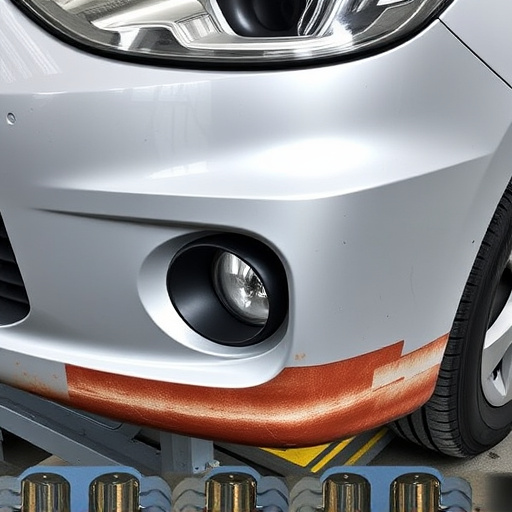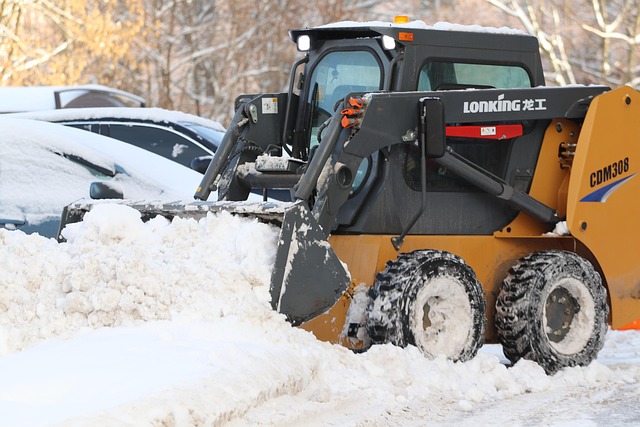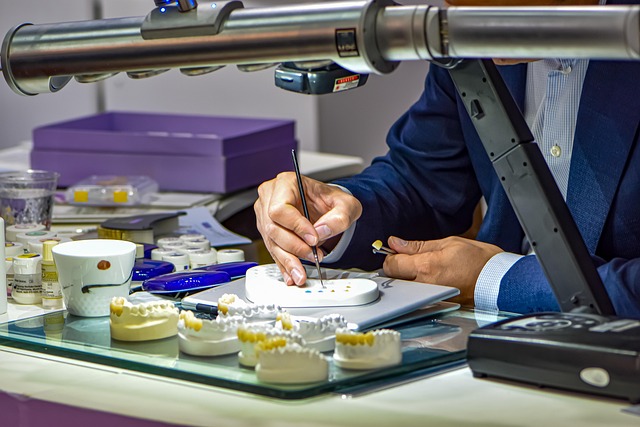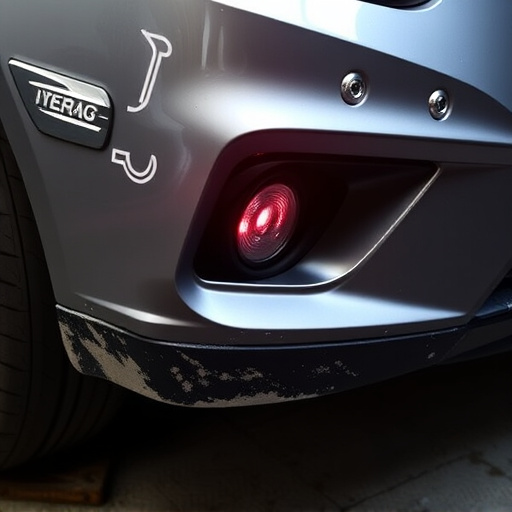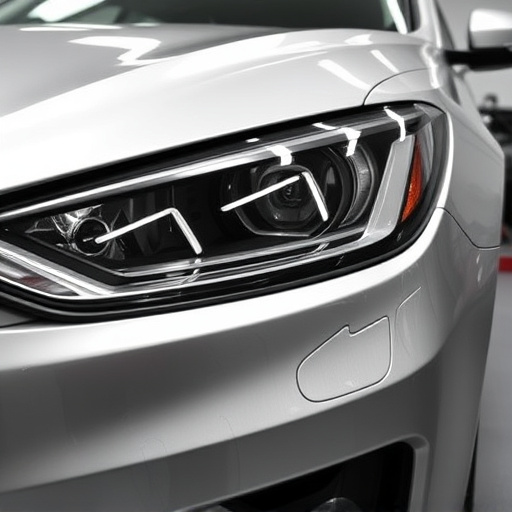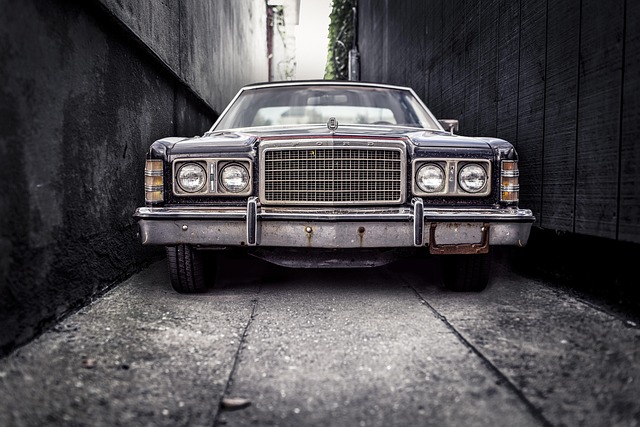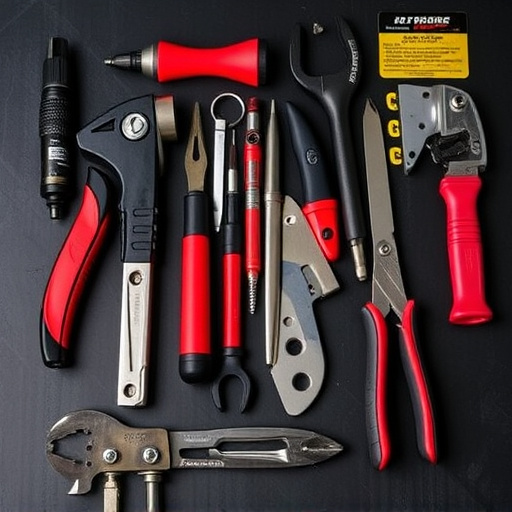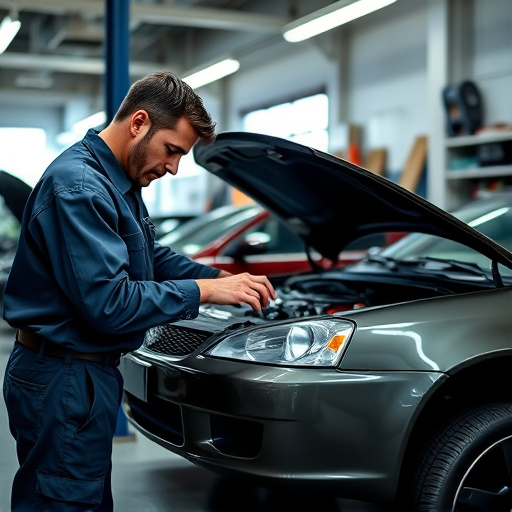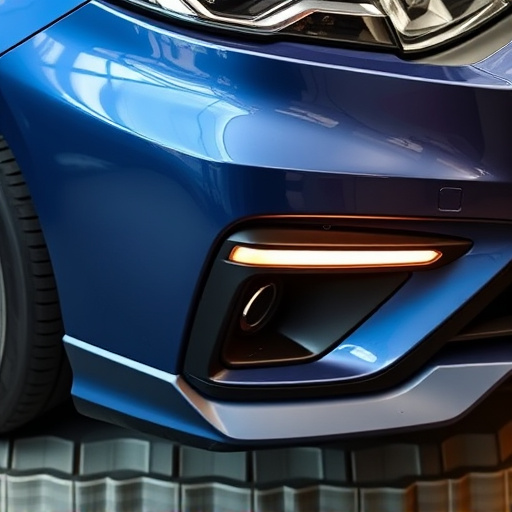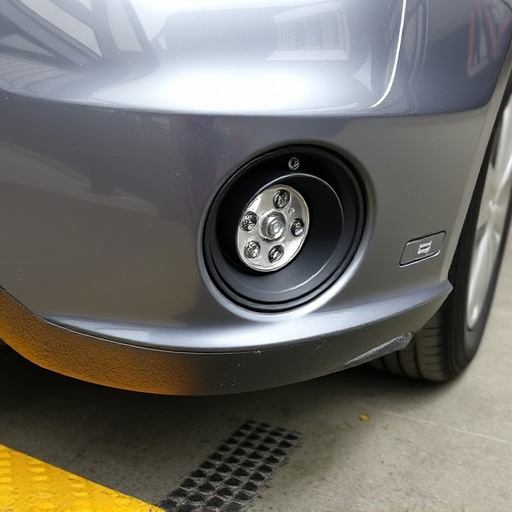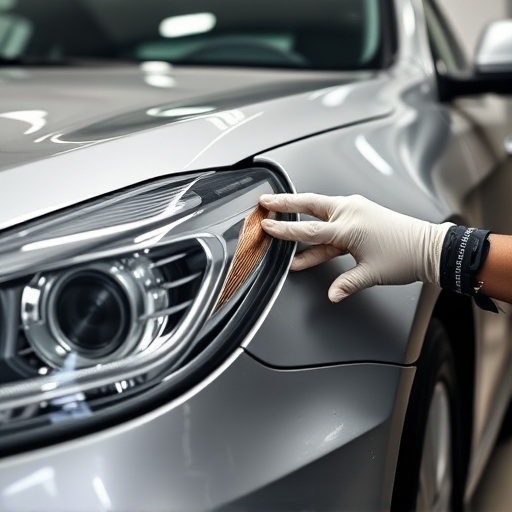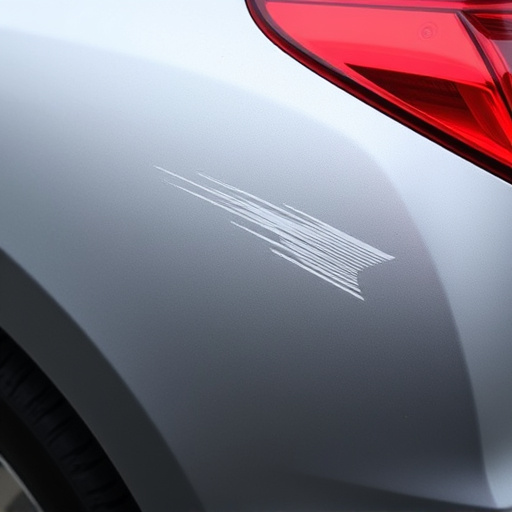A vehicle delivery inspection involves a meticulous evaluation of an auto's exterior condition, mechanical systems, and interior cleanliness to identify defects, ensure quality, and maintain safety, ultimately enhancing dealer reputation and customer trust.
During vehicle delivery inspections, a thorough check is essential to ensure customer satisfaction. Common issues often surface across various aspects of the car’s condition. This article guides you through the key areas of focus during such inspections, including exterior cosmetic defects, mechanical performance, and interior cleanliness. By addressing these common problems, delivery personnel can enhance the overall vehicle inspection process, ensuring a seamless experience for new car owners. Optimize your checks with this essential guide to successful vehicle delivery inspections.
- Exterior Condition and Cosmetic Defects
- Mechanical Systems and Performance
- Interior Cleanliness and Features Functionality
Exterior Condition and Cosmetic Defects
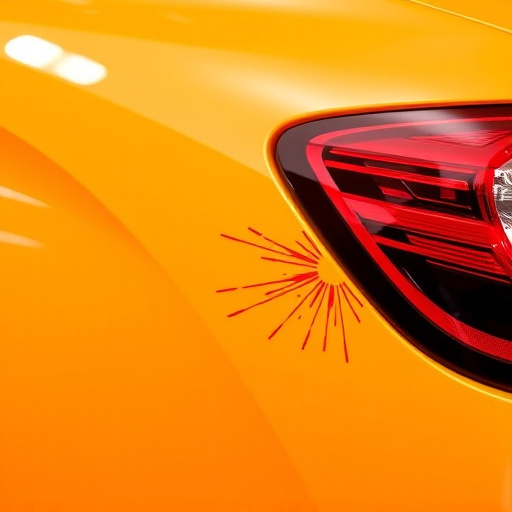
During a vehicle delivery inspection, one of the key areas to assess is the exterior condition and cosmetic defects. This involves meticulously examining the paint job, body panels, tires, windows, headlights, and overall aesthetic appeal. Even minor cosmetic issues like scratches, dents, or inconsistent paint finishes can significantly impact the customer’s perception of the vehicle’s quality.
While some defects might be easily visible, others may require closer inspection to uncover hidden problems. For instance, an automotive collision repair specialist could spot signs of previous repairs or misalignments that are not immediately apparent to the untrained eye. Ensuring these defects are addressed prior to delivery is crucial, as it reflects well on the auto dealer and helps build customer trust. Prompt attention to such issues can also prevent more serious problems from arising down the line, saving both the buyer and seller potential costs associated with auto repair near me services or even extensive auto painting work.
Mechanical Systems and Performance
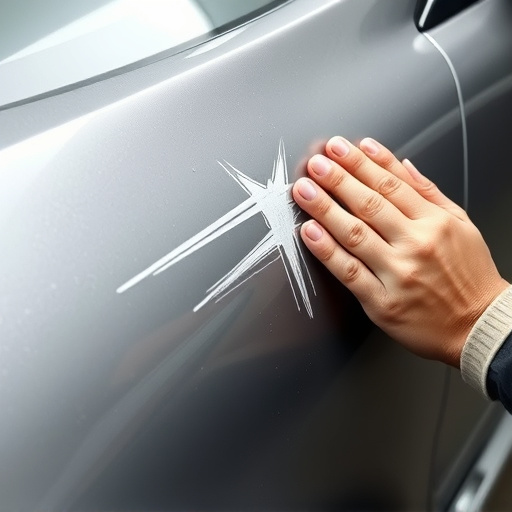
During vehicle delivery inspections, a thorough evaluation of the mechanical systems and overall performance is paramount. This involves checking key components such as the engine, transmission, brakes, steering, and suspension to ensure they operate within specified parameters. Mechanics will assess oil levels, check for any leaks, inspect belts and hoses for integrity, and evaluate the condition of tires and wheels. Any abnormalities, from a unusual noise or vibration to signs of recent auto collision repair like dent removal, could indicate underlying issues that need addressing before the vehicle is considered roadworthy.
The inspection process also delves into the performance metrics, including fuel efficiency, acceleration, and top speed, to ensure they align with manufacturer specifications. Issues related to engine power, drivability problems, or unusual noises might point to more complex mechanical repairs. Promptly addressing these concerns, whether through routine maintenance or specialized vehicle repair services like those offered by an auto collision center, is crucial for ensuring a safe and reliable driving experience.
Interior Cleanliness and Features Functionality
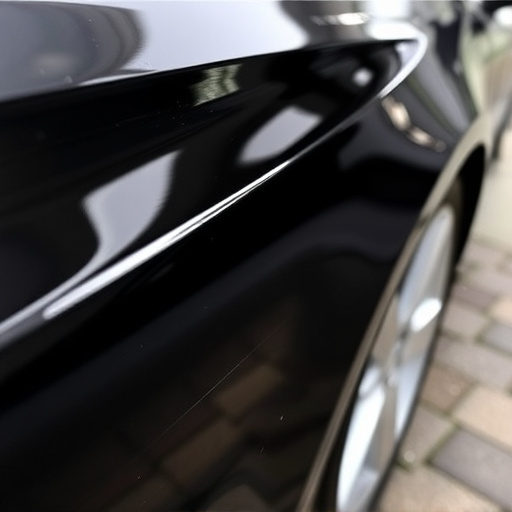
During a vehicle delivery inspection, one of the critical aspects evaluated is the interior cleanliness and functionality of features. A clean and well-maintained cabin is not just aesthetically pleasing; it also ensures the health and comfort of the occupants. Inspectors look for any signs of wear and tear, such as dirt, stains, or debris on seats, carpets, and dashboards. Additionally, they check that all interior features—including lights, climate control systems, windows, and doors—operate seamlessly. Any malfunction or non-compliance with safety standards could indicate a need for further evaluation or repairs, possibly suggesting a visit to a nearby collision repair center or auto body shop.
The overall condition of the interior can provide valuable insights into how the vehicle has been cared for. Regular cleaning and maintenance are indicators of responsible ownership, which may positively impact the car’s resale value. Conversely, neglecting interior upkeep could signal potential issues that require attention, such as water damage or structural integrity problems. Thus, a thorough inspection of these elements is paramount in ensuring a smooth delivery process and identifying any necessary collision repair shop services to be addressed before the vehicle changes hands.
During vehicle delivery inspections, several common issues are often identified across different aspects of the car. From exterior cosmetic defects to mechanical inefficiencies and interior cleanliness concerns, these problems can significantly impact the overall customer experience. A thorough understanding of standard inspection protocols, including addressing these commonly found issues, is essential for ensuring smooth vehicle delivery processes and maximizing customer satisfaction. By adhering to a comprehensive checklist that covers exterior condition, mechanical systems, and interior functionality, delivery personnel can effectively navigate potential challenges and ensure vehicles meet high-quality standards before reaching their new owners. Effective vehicle delivery inspection practices are key to fostering positive relationships with customers and maintaining the reputation of automotive businesses.

